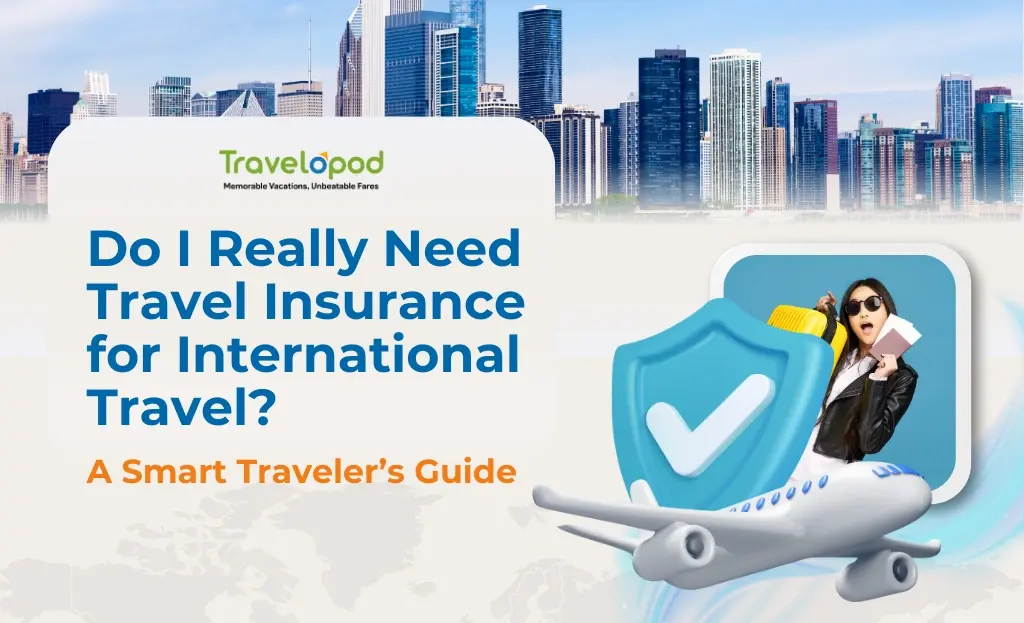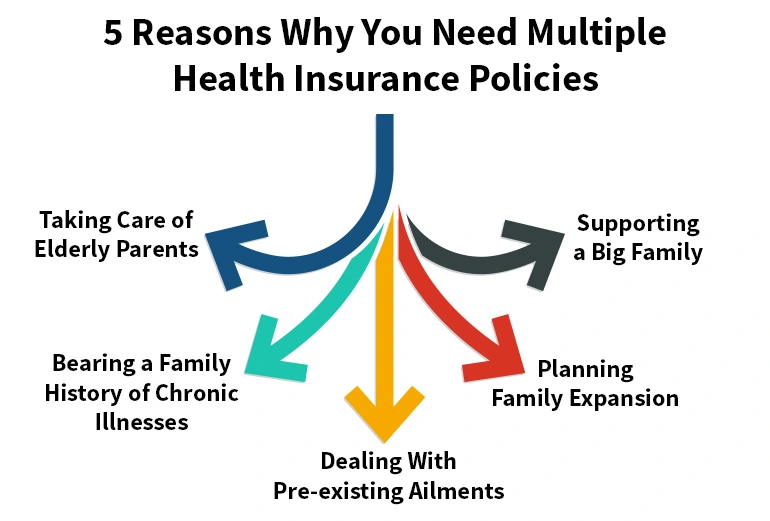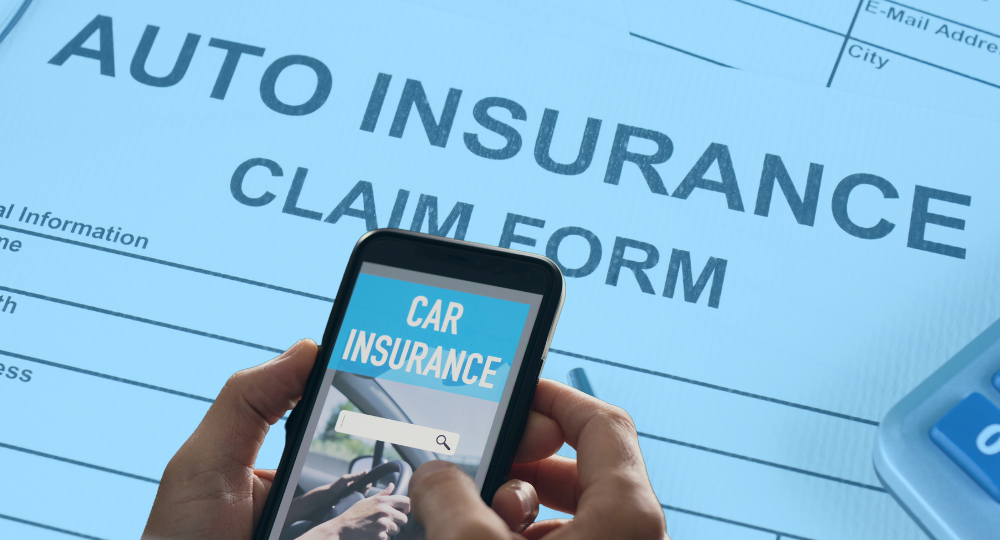What Should You Know Before Buying Car Insurance?
Purchasing car insurance is a significant financial decision that requires careful consideration. Whether you’re a first-time buyer or looking to switch providers, understanding the nuances of car insurance can help you make an informed choice. Here’s a detailed guide to assist you.
Key Takeaways
- Choose the Right Coverage: opt for comprehensive insurance to ensure broader protection.
- Accurate IDV: Ensure your car’s IDV reflects its current market value.
- High CSR: Select insurers with a high Claim Settlement Ratio for reliable claim processing.
- Evaluate Add-Ons: Consider add-ons that enhance your policy’s coverage.
- Compare Policies: Use online platforms to compare different policies and find the best fit.
- Understand Terms: Thoroughly read and understand the policy’s terms and conditions.
- Consider Deductibles: opt for voluntary deductibles to reduce premiums, ensuring affordability.
Understand the Types of Car Insurance

1. Third-Party Liability Insurance
- Mandatory by Law: As per the Motor Vehicles Act, 1988, this is the minimum legal requirement for all vehicles in India.
- Coverage: Covers damages or injuries caused to third parties (individuals or property) due to your vehicle.
- Limitations: Does not cover damages to your own vehicle or injuries to yourself.
- Premium: Generally lower, as it offers limited coverage.
2. Comprehensive Car Insurance
- All-Inclusive Protection: Combines third-party liability coverage with protection against damages to your own vehicle.
- Coverage Includes:
- Accidents
- Theft
- Fire
- Natural calamities
- Man-made disasters like riots
- Add-Ons: Offers the flexibility to add extra covers for enhanced protection.
- Premium: Higher than third-party insurance due to broader coverage.
3. Stand-Alone Own Damage (OD) Policy
- Purpose: Provides coverage for damages to your own vehicle, excluding third-party liabilities.
- Ideal For: Those who already have third-party liability insurance and wish to add own damage protection.
- Note: Does not fulfill the legal requirement; must be combined with third-party insurance.
4. Personal Accident Cover
- Mandatory Add-On: Required by law for all car insurance policies.
- Coverage: Provides compensation for injuries, permanent disabilities, or death resulting from a car accident.
- Policyholder & Occupants: Covers the driver and passengers, depending on the policy terms.
Common Add-On Covers for Enhanced Protection
These optional add-ons can be included in your comprehensive or own damage policy to tailor coverage to your needs:
1. Zero Depreciation Cover
- What It Is: This add-on ensures that depreciation is not deducted from the claim amount, allowing you to receive the full value for parts replaced or repaired.
- Why You Need It: Without this cover, insurers deduct depreciation on parts like rubber, plastic, and metal, reducing your claim payout.
- Ideal For: New cars or vehicles less than 5 years old.
2. Engine Protection Cover
- What It Is: Covers damages to the engine and its parts due to water ingression, oil leakage, or other unforeseen circumstances.
- Why You Need It: Standard policies often exclude engine-related damages, which can be costly to repair.
- Ideal For: Owners in flood-prone areas or those who frequently drive through waterlogged roads.
3. Roadside Assistance Cover
- What It Is: Provides emergency services like towing, flat tyre assistance, battery jump-start, and fuel delivery.
- Why You Need It: Ensures help is available during breakdowns or emergencies, reducing stress and inconvenience.
- Ideal For: Frequent travelers or those driving in remote areas.
4. Consumables Cover
- What It Is: Covers the cost of consumables such as engine oil, brake oil, coolant, and other items replaced during repairs.
- Why You Need It: Standard policies exclude consumables, leading to out-of-pocket expenses during repairs.
- Ideal For: All vehicle owners, especially those with high maintenance costs.
5. No Claim Bonus (NCB) Protection
- What It Is: Allows you to retain your No Claim Bonus even after making a claim.
- Why You Need It: NCB offers discounts on premiums for claim-free years; this add-on ensures you don’t lose that benefit after a claim.
- Ideal For: Policyholders with a history of no claims.
6. Return to Invoice (RTI) Cover
- What It Is: In case of total loss or theft, this add-on reimburses you the original invoice value of your car, including taxes and registration fees.
- Why You Need It: Standard policies pay the Insured Declared Value (IDV), which is lower than the original purchase price.
- Ideal For: Owners of new cars or those seeking full reimbursement.
7. Key Replacement Cover
- What It Is: Covers the cost of replacing lost or stolen car keys, including locksmith charges.
- Why You Need It: Modern car keys, especially electronic ones, can be expensive to replace.
- Ideal For: All vehicle owners, particularly those with advanced key systems.
8. Loss of Personal Belongings Cover
- What It Is: Reimburses the loss of personal items like laptops, mobile phones, or documents due to theft or accident.
- Why You Need It: Standard policies exclude personal belongings, leaving you unprotected.
- Ideal For: Individuals who often carry valuables in their vehicles.
9. Passenger Assistance Cover
- What It Is: Provides compensation for medical expenses, hospital allowance, and transport costs for passengers injured in an accident.
- Why You Need It: Ensures financial support for passengers, reducing their out-of-pocket expenses.
- Ideal For: Frequent drivers with multiple passengers.
10. Driver Comprehensive Cover
- What It Is: Extends personal accident benefits to the driver, covering injuries or death.
- Why You Need It: Standard policies may not cover the driver; this add-on ensures comprehensive protection.
- Ideal For: All vehicle owners, especially those who drive frequently.
Choosing the Right Car Insurance

1. Assess Your Coverage Needs
Begin by evaluating your requirements:
- Vehicle Age & Value: Newer and high-value cars benefit from comprehensive coverage, while older vehicles might only need third-party liability insurance.
- Usage Patterns: Frequent drivers or those in accident-prone areas should consider comprehensive policies with add-ons like engine protection or roadside assistance.
2. Understand the Types of Policies
- Third-Party Liability Insurance: Mandatory by law, it covers damages to third parties but doesn’t protect your own vehicle.
- Comprehensive Car Insurance: Offers both third-party liability and own damage coverage, including theft, fire, and natural calamities.
- Stand-Alone Own Damage Policy: Provides coverage for your vehicle’s damages but requires a separate third-party policy.
3. Compare Premiums and Coverage
- Premium Factors: Premiums vary based on vehicle make, model, engine capacity, and location. Urban areas with higher accident rates may have higher premiums.
- Online Comparison Tools: Utilize platforms like PolicyBachat to compare policies from different insurers based on coverage and cost.
4. Check the Insurer’s Claim Settlement Ratio (CSR)
- Importance of CSR: A high CSR indicates the insurer’s reliability in settling claims. A ratio above 90% is considered satisfactory.
- Example: Bajaj Allianz achieved a CSR of 98.48% during the financial year 2021-22.
5. Evaluate Add-On Covers
Enhance your policy with optional add-ons:
- Zero Depreciation Cover: Ensures full claim amount without depreciation deductions.
- Engine Protection Cover: Covers engine damages due to water ingression or oil leakage.
- Roadside Assistance: Provides emergency services like towing and flat tyre assistance.
- No Claim Bonus (NCB) Protector: Preserves your NCB even after making a claim.
6. Verify Cashless Garage Network
- Importance: A wide network of cashless garages ensures you can get your car repaired without upfront payments.
- Example: Tata AIG offers access to over 6,900 cashless garages across India.
7. Understand Policy Terms and Conditions
- Read Carefully: Thoroughly review the policy document to understand inclusions, exclusions, and claim procedures.
- Common Exclusions: Damage due to drunk driving, mechanical failure, or wear and tear are typically not covered.
8. Consider Customer Support and Service Quality
- Availability: Opt for insurers offering 24/7 customer support to assist during emergencies.
- Feedback: Research customer reviews and ratings to gauge service quality.
2. Know the Insured Declared Value (IDV)
The IDV is the current market value of your car, which determines the maximum sum insured in case of total loss or theft. It’s essential to ensure that the IDV reflects your car’s accurate market value to avoid underinsurance or overpaying on premiums.
3. Check the Claim Settlement Ratio (CSR)
The CSR indicates the percentage of claims an insurer settles out of the total claims received. A higher CSR suggests a more reliable insurer. Aim for insurers with a CSR of 90% or above to ensure smooth claim processes.
4. Evaluate Add-On Covers
Add-ons are additional coverages that can be attached to your policy for enhanced protection. Common add-ons include:
- Zero Depreciation Cover: Ensures full claim amount without deducting depreciation.
- Engine and Gearbox Protection: Covers damages to engine and gearbox components.
- Roadside Assistance: Provides emergency services like towing, battery jump-start, etc.
Assess your needs and choose add-ons that offer the best value.
5. Compare Policies Online
Utilize online comparison platforms to evaluate different policies based on coverage, premiums, CSR, and add-ons. This will help you find a policy that aligns with your requirements and budget.
6. Understand the Terms and Conditions
Before finalizing your policy, thoroughly read the terms and conditions. Pay attention to exclusions, claim procedures, and renewal processes to avoid surprises during emergencies.
7. Consider Voluntary Deductibles
Opting for a voluntary deductible (the amount you agree to pay during a claim) can lower your premium. However, ensure that the deductible amount is affordable in case of a claim.
Also Read:- What Is the Best Travel Insurance for Visiting the USA in 2025?
Conclusion
Buying car insurance is not just about complying with legal requirements; it’s about safeguarding your financial well-being. By understanding the types of coverage, evaluating add-ons, and comparing policies, you can make an informed decision that offers comprehensive protection for you and your vehicle.
FAQs
Q1: What is the difference between third-party and comprehensive car insurance?
Third-party insurance covers damages to others caused by your vehicle, while comprehensive insurance covers both third-party liabilities and damages to your own vehicle.
Q2: How is the IDV of my car determined?
The IDV is calculated based on the manufacturer’s listed selling price, minus depreciation. Factors like the car’s age and condition also influence the IDV.
Q3: Can I transfer my No Claim Bonus (NCB) to a new insurer?
Yes, you can transfer your NCB to a new insurer when switching policies, provided there’s no break in coverage.
Q4: Are add-ons mandatory?
No, add-ons are optional. Choose them based on your specific needs and the value they add to your policy.
Q5: How can I reduce my car insurance premium?
Maintain a clean driving record, opt for higher voluntary deductibles, install anti-theft devices, and avail of available discounts.
Q6: What should I do if my claim is rejected?
Review the policy terms, understand the reason for rejection, and if necessary, escalate the matter to the Insurance Ombudsman or seek legal advice.
Q7: How often should I review my car insurance policy?
It’s advisable to review your policy annually or after significant life events like purchasing a new car or moving to a different location.




























